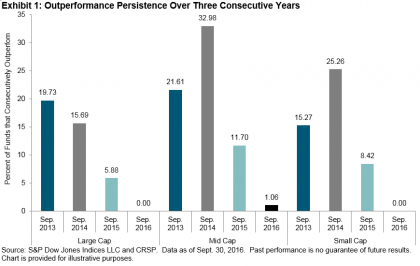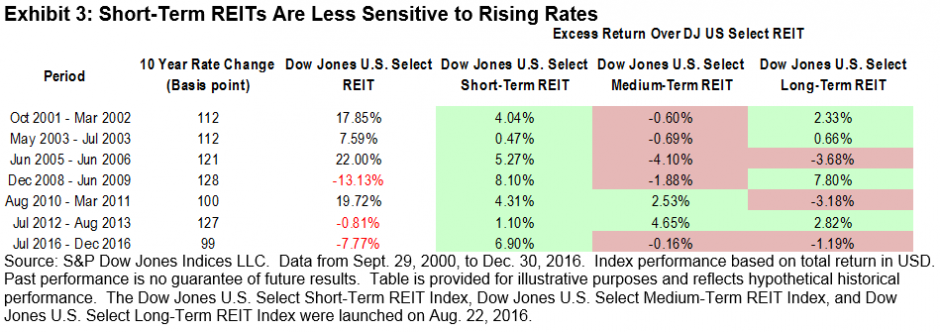Participants in the Indian equity market in 2016 may have been disappointed with the muted performance by broad equity market indices (the S&P BSE SENSEX was up 3.47% for the year), while other asset classes such as bonds showed strong performance (the S&P BSE Bond Index was up 13.2%). Where could market participants have found alpha to generate higher returns in the past year?
The report Factor Risk Premia in the Indian Market, published by S&P Dow Jones Indices, studies the risk/return characteristics of common risk factors in the Indian equity market. The report highlights that, historically, the best-performing factor in up markets has been value, whereas in down markets, low volatility and quality have performed well. It also identifies low volatility and quality as strong defensive factors and value as a strong pro-cyclical factor.
In December 2015, S&P BSE launched four smart beta indices based on four factors—momentum, value, low volatility, and quality. Since these indices were launched, the Indian equity market has gone through two major downtrends (from Dec. 1, 2015, to Feb. 11, 2016, and Sept. 9, 2016, to Dec. 31, 2016) and one major uptrend (Feb 12, 2016, to Sept. 8, 2016), as of year-end 2016. Exhibit 1 summarizes the performance of the factor indices in each market trend and the overall period.
Source: S&P Dow Jones Indices LLC. Data from Dec. 1, 2015, to Dec. 30, 2016. Index performance based on total return in INR. Past performance is no guarantee of future results. Table is provided for illustrative purposes. The uptrend period is from Feb. 12, 2016, to Sept. 8, 2016, and the downtrend periods are from Dec. 1, 2015, to Feb. 11, 2016, and Sept. 9, 2016, to Dec. 31, 2016.
Aligning with its long-term performance characteristics, in 2016, the S&P BSE Enhanced Value Index showed significant outperformance in the up-trending market, with an annualized excess return of 41.4%. Despite its underperformance of 17.8% per year during the downtrend, it recorded a net gain of 15.5% per year for the entire examined period. However, the S&P BSE Enhanced Value Index experienced significant drawdown of 24.3% in the last quarter of fiscal year 2015-2016, the worst among the four factors. Over the same period, momentum was the best-performing factor on a risk-adjusted basis, generating an annual return of 13.7% with an annualized volatility of 17.3%. The majority of the S&P BSE Momentum Index excess return was dominated by its outperformance (with an annualized excess return of 18.8%) during the market rally.
In contrast, the S&P BSE Low Volatility Index was the laggard among the factors in the up-trending market, but it was the best-performing factor when the market was down. It had the lowest return volatility over the period studied, proving itself an effective tool for downside protection. Similarly, the S&P BSE Quality Index had relatively lower return volatility and the smallest drawdown among the four factors, highlighting the defensive characteristics of the quality factor.
Given the unique characteristics of each risk factor, factor-based investing is a potential way for market participants to implement their active views. The increasing number of passive smart beta investment products available could help market participants to implement different smart beta strategies in a transparent and cost-effective manner.
The posts on this blog are opinions, not advice. Please read our Disclaimers.






















































